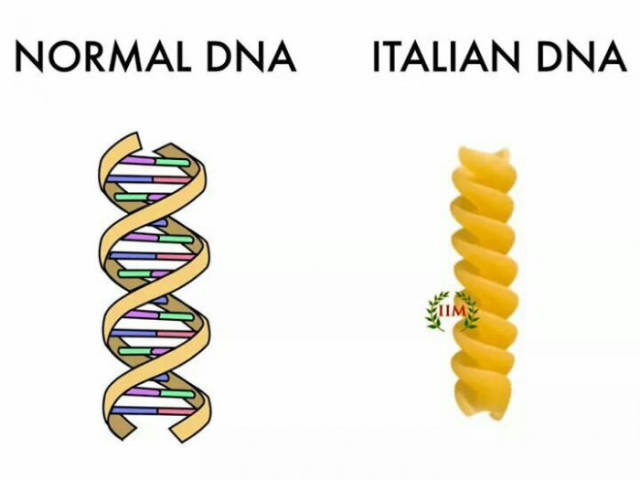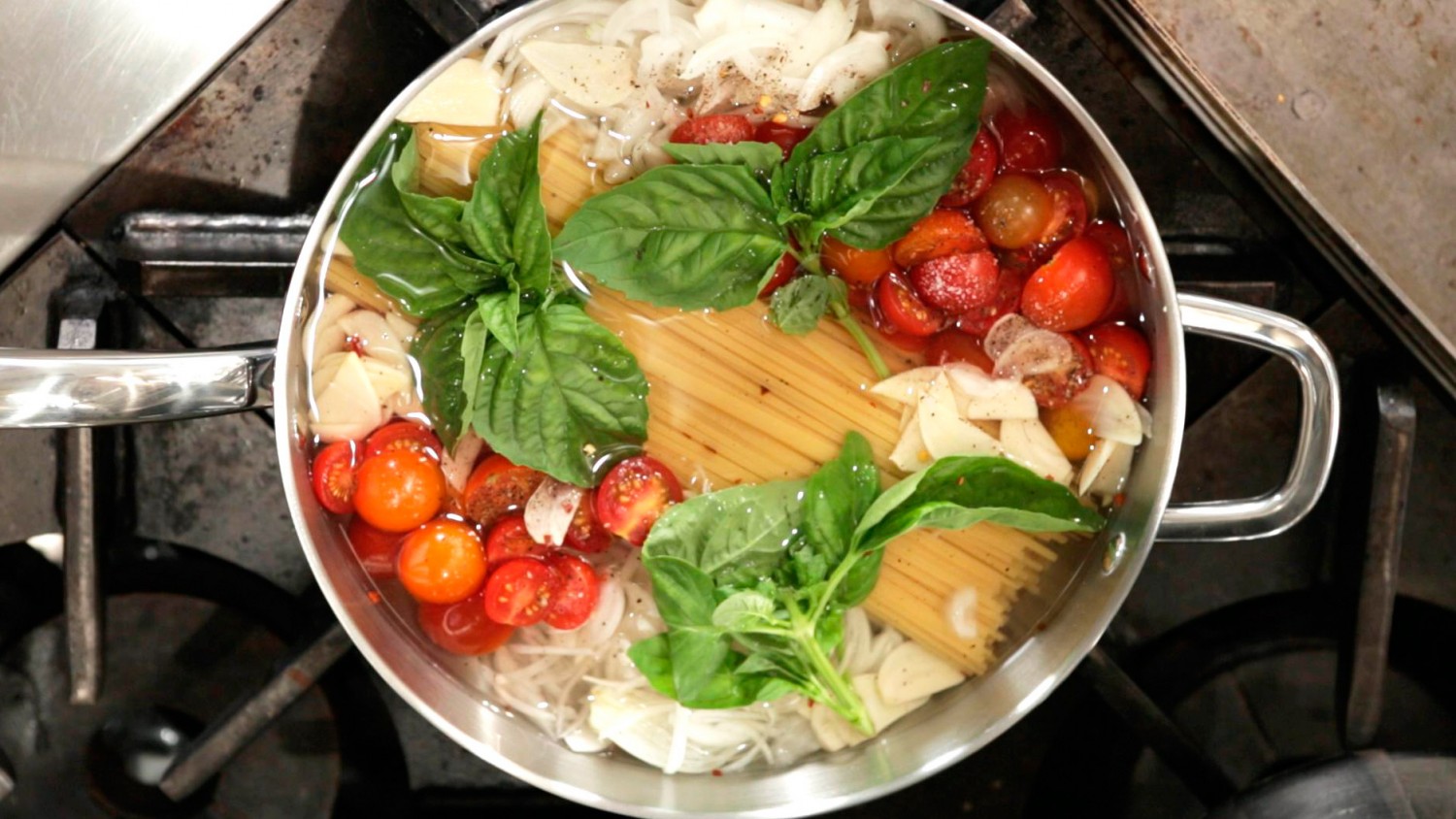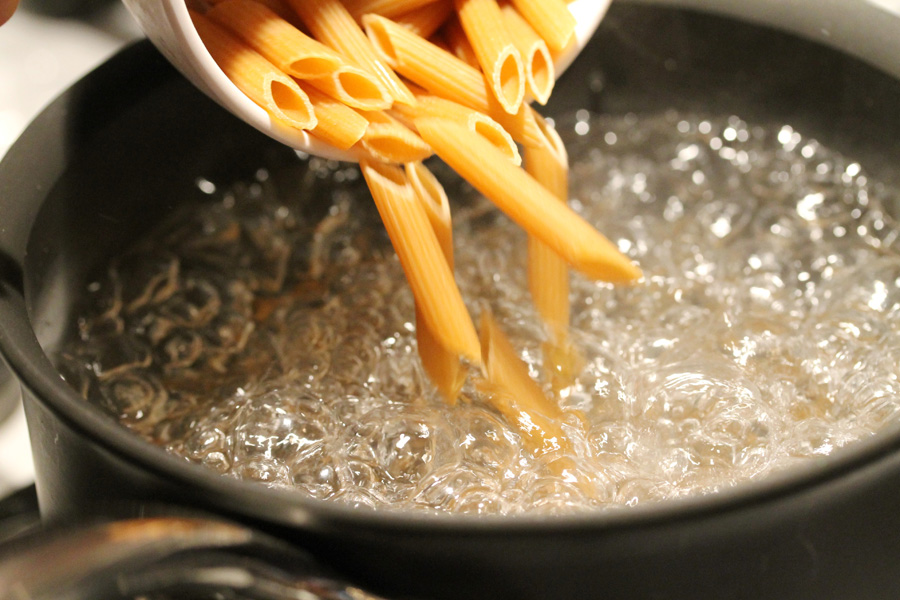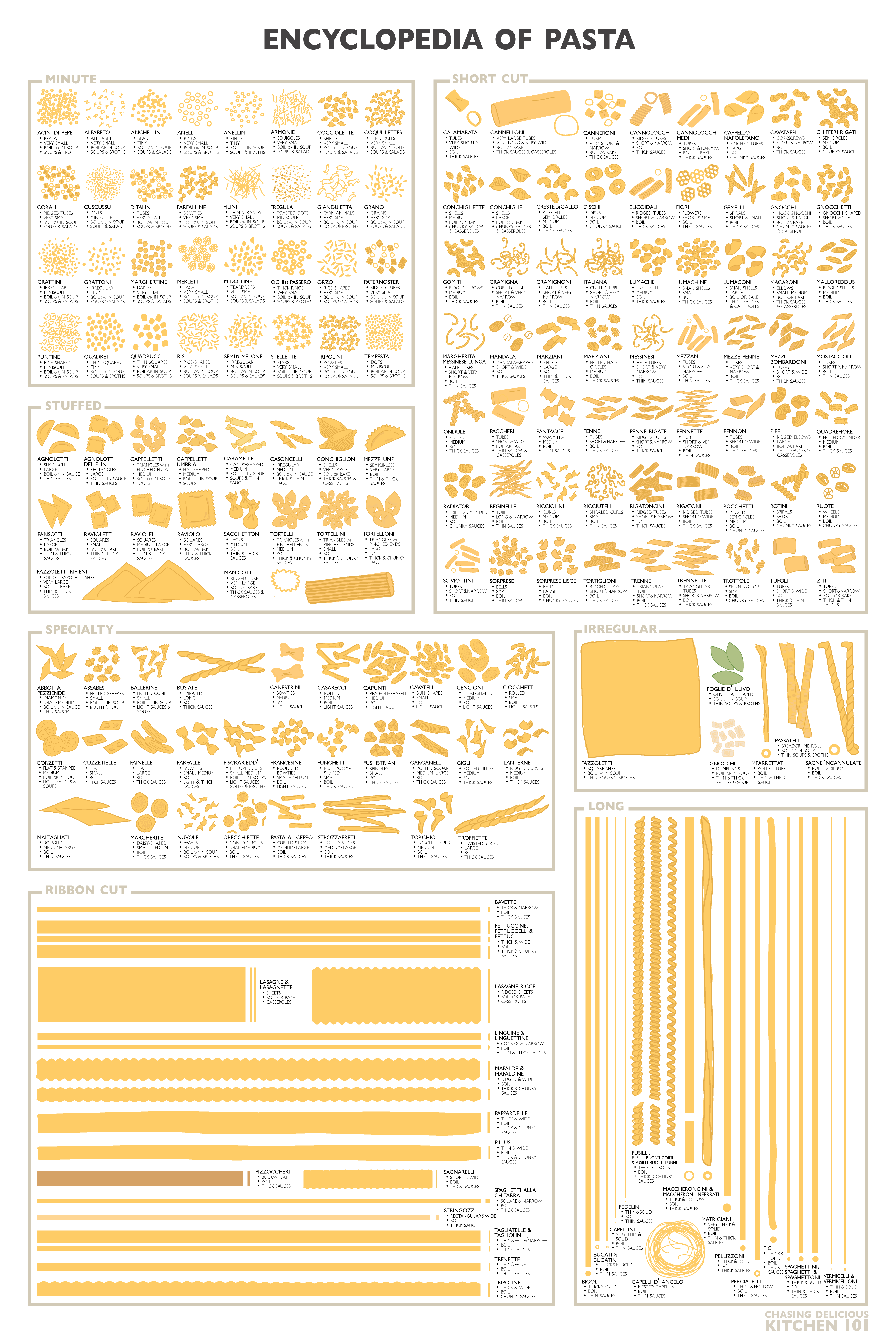One Pan Pasta
Everyone loves a weeknight meal they can get on the table in 20 minutes. This one pan pasta recipe combines a few fresh ingredients, water, and a touch of olive oil with dried pasta, and it all cooks together in a saute pan. With its straight sides and flat bottom, it’s ideal for this dish.
Enjoy!
Weeknights are busy enough without having to spend hours planning, cooking, and cleaning up dinner. Try this one-pan pasta for a fresh meal that’ll fill you up while cutting down on dishes.
This method focuses on cooking pasta in a pan, then using the starchy water as the base for a sauce. You’ll need pasta, fresh tomatoes, onion, garlic, red pepper flakes, fresh basil, olive oil, just enough water, salt, pepper, and parmesan (although honestly, everything past the pasta, onion, garlic, and tomatoes are really a matter of taste.) Throw everything except the cheese into a high-walled pan or dutch oven, and bring it to a boil. Turn the pasta every few minutes with tongs, gently mixing all the ingredients together until the pasta is done. Top with the cheese and chow down.
Low-Temp Pasta
There are more efficient ways to cook pasta besides dropping it into a big pot of boiling, salted water. For example, next time pasta’s on the menu, try turning off the burner once you drop the pasta and letting it cook in the already-hot water.
The folks over at Cook’s Illustrated tried this method out with several different types of pasta including spaghetti, farfalle, shells, and ziti, and it worked like a charm. They explain why:
What Is Low-Temp Pasta?
Most instructions for cooking dried pasta are invariably the same: Drop the noodles into a pot of boiling water, bring it back to a boil, and keep it bubbling vigorously until the pasta is done. We already broke with this conventional wisdom by showing that you can cook pasta in a lot less water than is typically called for, as long as you don’t mind stirring it frequently.
Now we’ve learned that you don’t need to hold your pasta water at a rolling boil either. In fact, you don’t even need to keep the pot on the heat. The pasta will cook just fine if you take the pot off the burner as soon as you add the pasta, cover it immediately, stir once or twice during the first minute, cover again, and leave it to sit for the recommended cooking time. We tested this method with spaghetti, shells, farfalle, and ziti, using the full 4 quarts of water recommended per pound, and we found that the texture was identical to that of pasta we boiled the conventional way.
Here’s why the approach works: Starches absorb water at approximately 180 degrees. As long as the water is at a rolling boil (212 degrees) when you add the pasta and your kitchen is at normal room temperature, the water will remain well above 180 degrees off the heat for longer than the typical 8 to 10 minutes it takes for the pasta to cook through. In our tests, the water temperature had only cooled to about 195 degrees by the time the pasta was al dente. (In a cooler-than-normal kitchen, the pasta might take a minute or two longer to reach the proper texture, and the water temperature might drop a little more.)
Does this mean we’re going to stop boiling our pasta? Maybe not. But it’s nice to know we have the option.
Encyclopedia Of Pasta
There a a lot of different types of pasta, and for good reason. With this comprehensive visual encyclopedia, you can learn about every different pasta type, size, best preparation methods, and the best types of sauces to go along with it.
If you thought you knew everything there is to know about pasta varieties, think again. This visual encyclopedia from Russell van Kraayenburg at Chasing Delicious is about as big as they come. Along with the enormous graphic, Kraayenburg also explains the different textures and suffixes too. For a healthy helping of pasta knowledge with a side of more knowledge, check out the graphic and link below. The graphic truly is a noodle behemoth, so if you want a full size view, you can do that here.



 Click to enlarge
Click to enlarge